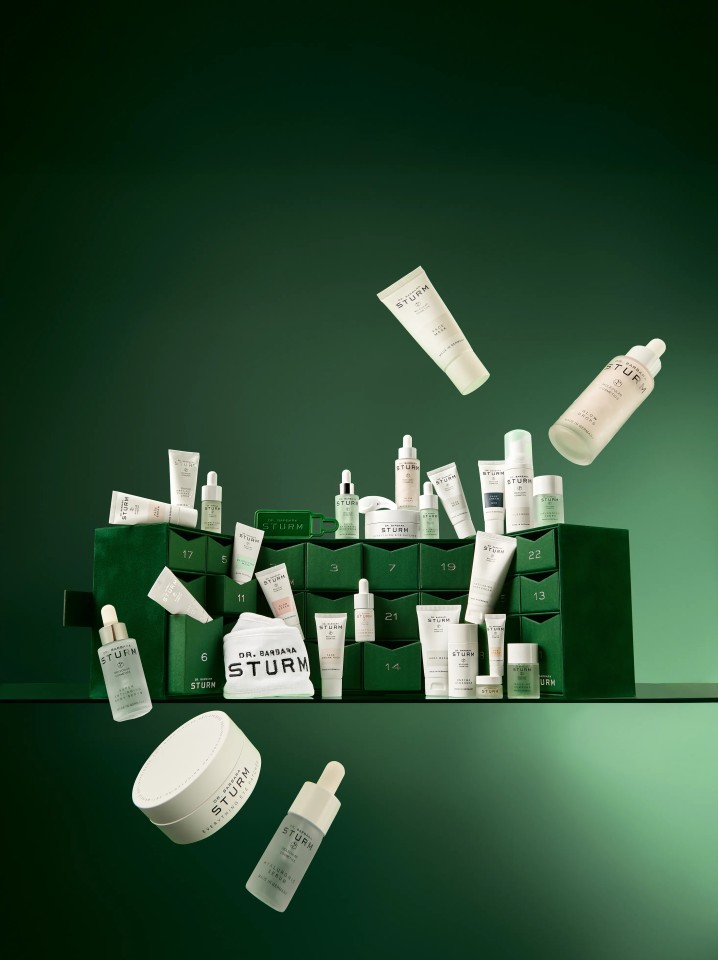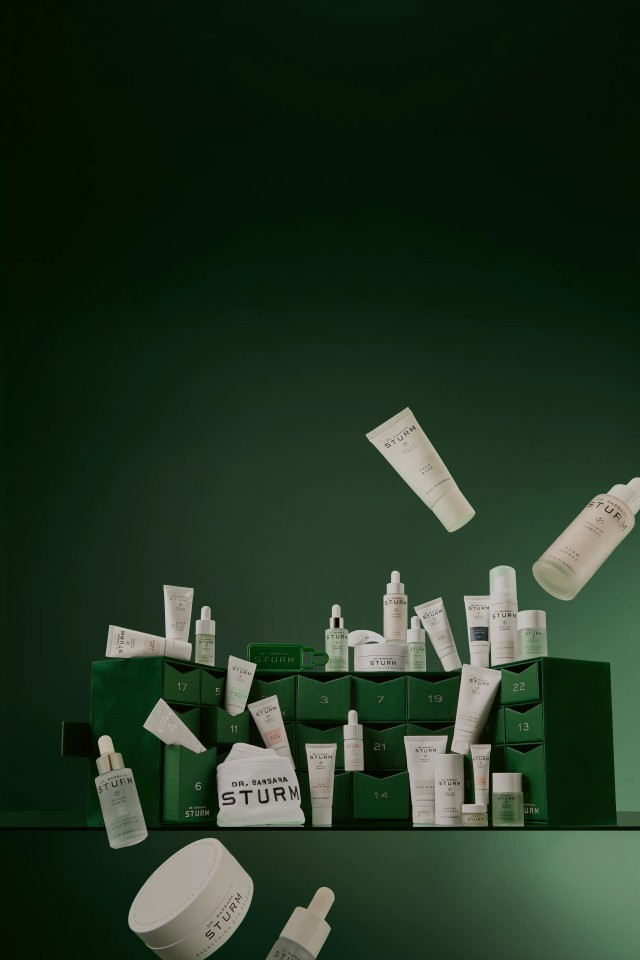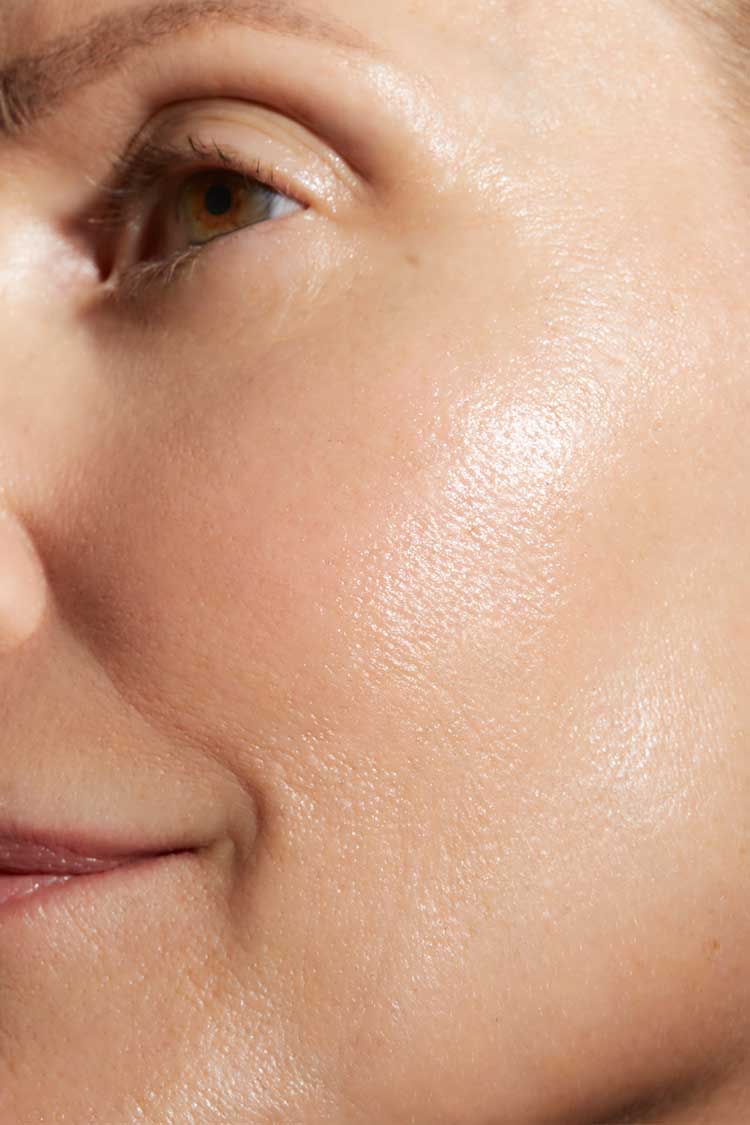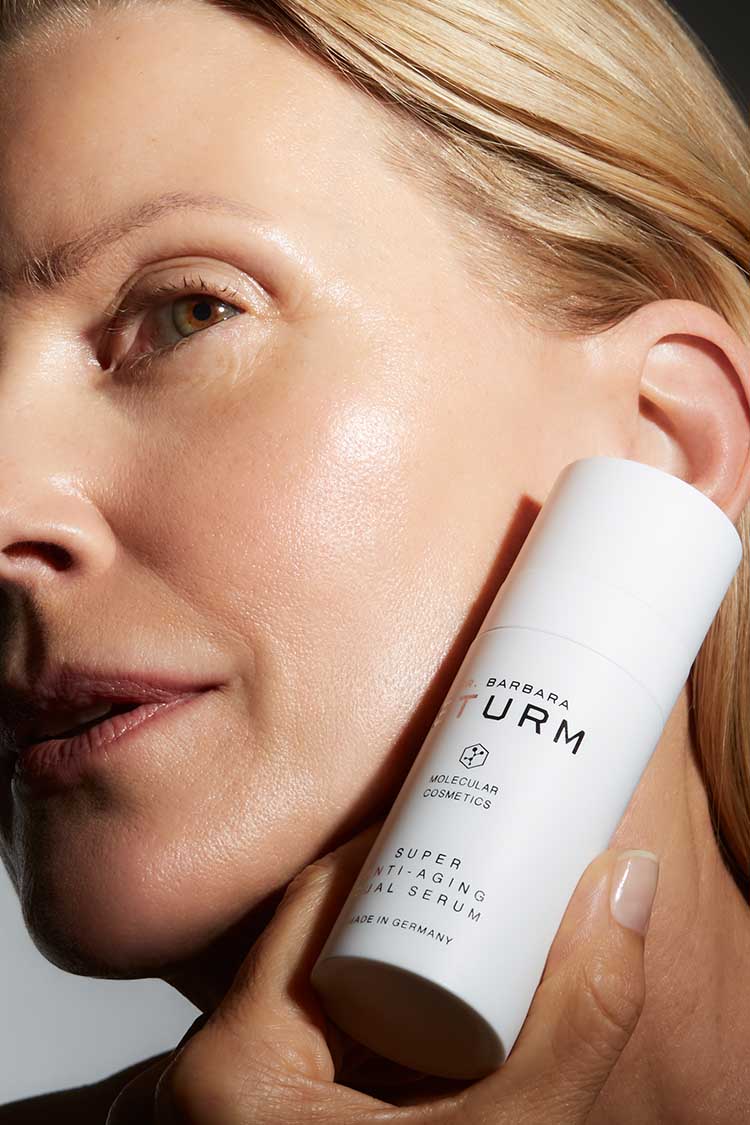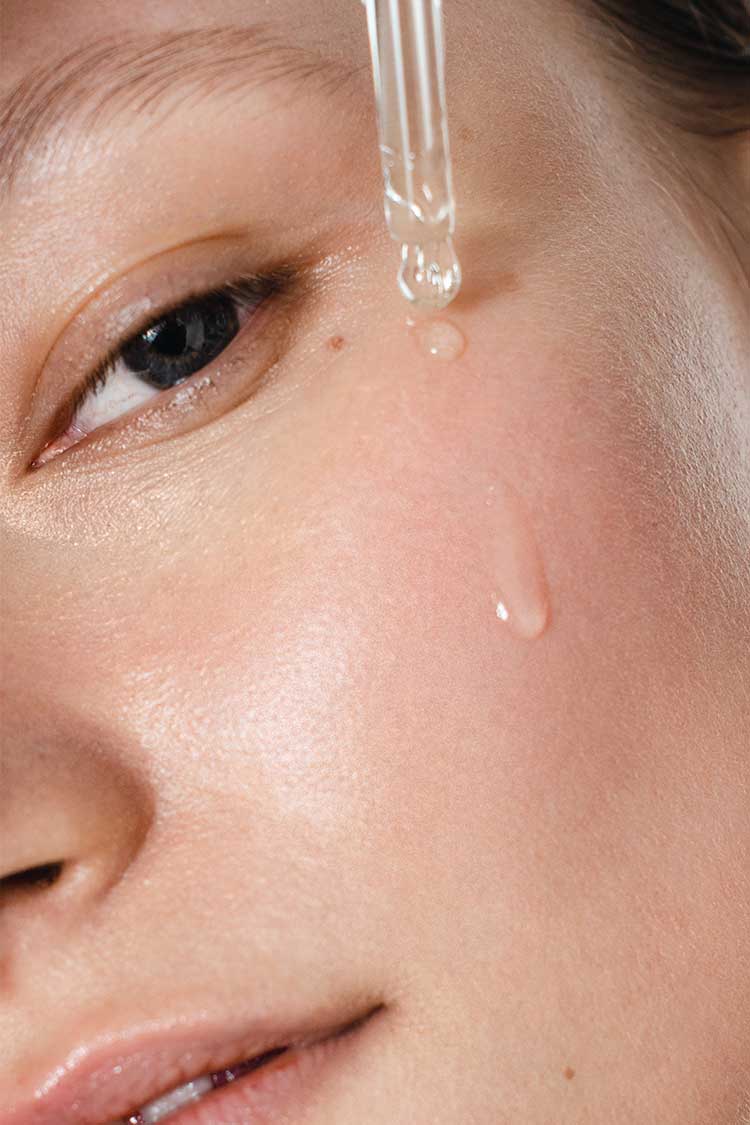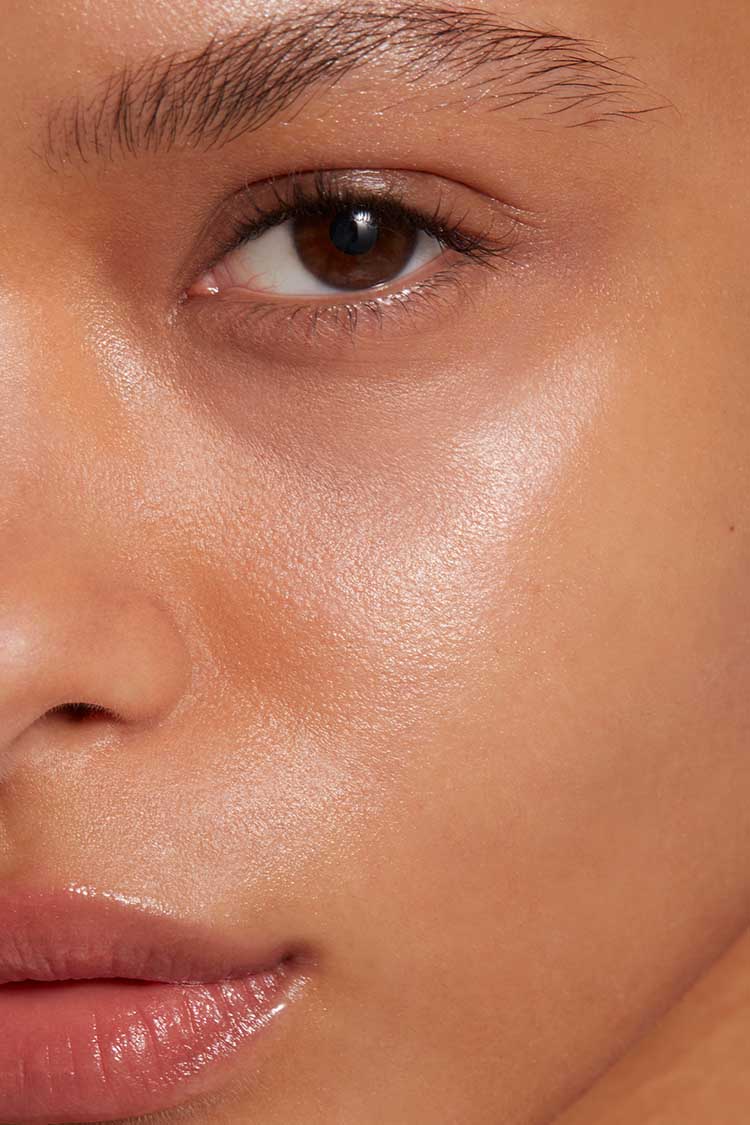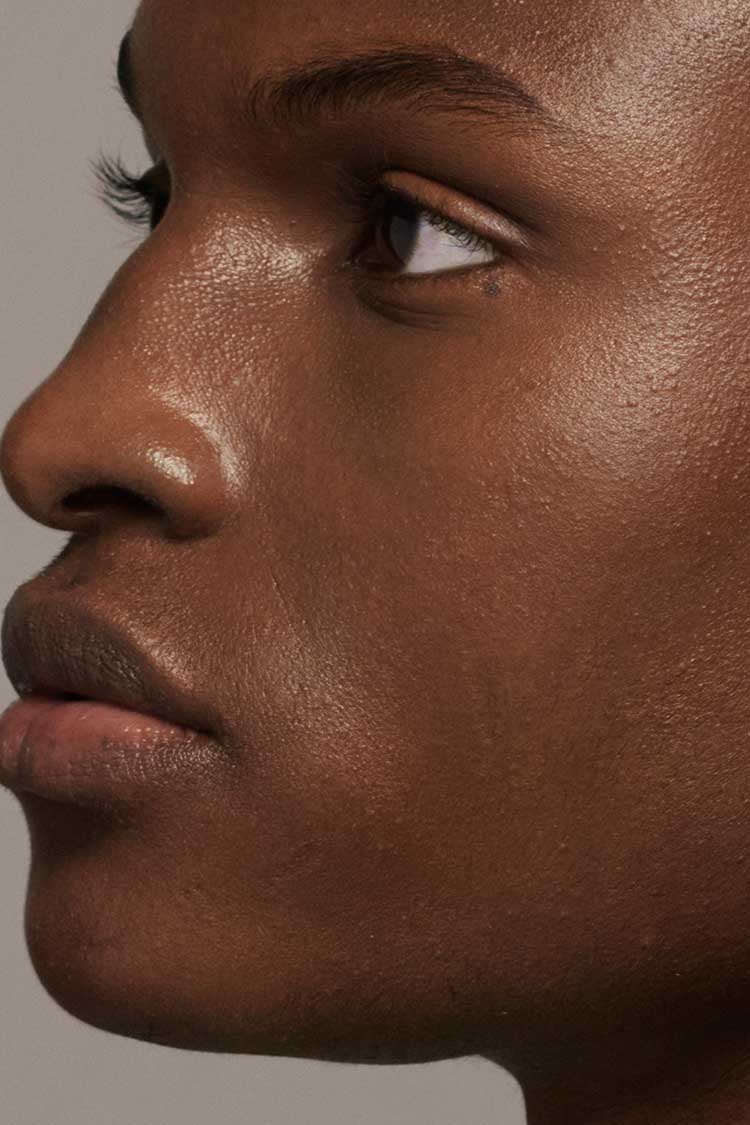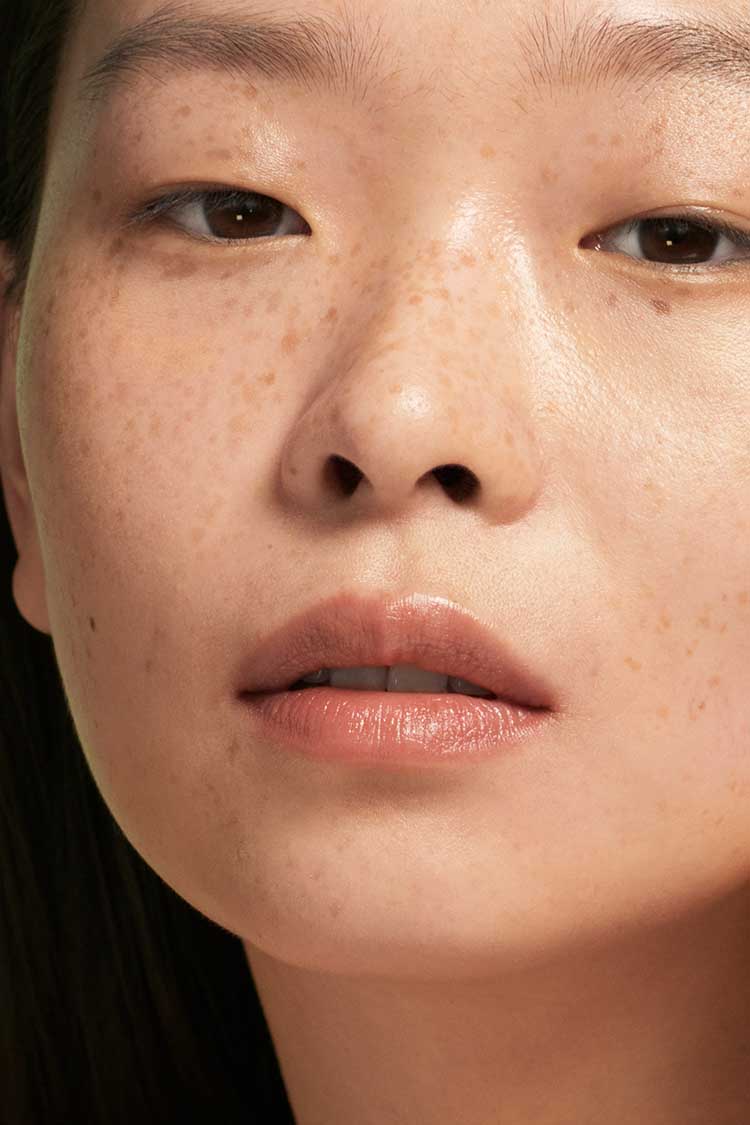What is Skin pH?
17th May 2022
‘pH’ is a term you might be familiar with from your chemistry lessons at school or you may have heard it mentioned during a Dr. Barbara Sturm Skin School or Masterclass. The abbreviation ‘pH’ stands for ‘potentia Hydrogennii,’ or ‘potential Hydrogen’ and is a measure of how acidic or basic a solution is; the term translates the values of the content of the Hydrogen ion into numbers between 0-14. The higher the value, the more basic the solution and the lower the value, the more acidic it is. For example, if the pH is 0, the solution is very acidic and if it is at 14, it is very alkaline. At number 7 on the pH scale, the value is neutral.
Skin and pH
We often refer to the skin’s pH in our Skin Schools for many important reasons. The skin has its own pH value of an average of 5.5 which is caused by keratocytes (cells that help maintain healthy skin), sweat and sebum, which contain acidic substances. The slightly acidic property of the skin is called the protective acid mantle, which helps protect the skin from harmful environmental influences and counteracts infections, allergies, skin irritations and dehydration.
Protective Skincare
To protect the acid mantle of the skin, care should be taken to ensure that the pH of skincare products does not deviate too much from the pH of the skin. Cleansing products such as soaps with a very alkaline pH of 8 to 12 should not be used under any circumstances to cleanse the skin, because they attack the protective acid mantle. Even neutral soaps with a pH of 7 can have a negative affect.
While a pH between 7 and 9 is considered ideal inside the body, the measured value on the skin should be much lower and acidic – around 5.5. In this range, not only are the protective mechanisms of our skin particularly pronounced, but the epidermis also regenerates better. An acidic pH can also minimize inflammation by keeping the skin's environment in balance and thus, helps slow down premature skin aging. If the pH is higher, the skin loses lipids and salts and can become damaged, porous, permeable and sensitive to environmental influences. Since salts bind moisture, the skin also becomes increasingly dry when there is a deficiency and with a reduced concentration of lipids, the suppleness and smoothness of the skin diminish.
Lifestyle Factors
Everything conspires to disrupt the delicate pH balance of our skin. Soap, acid-producing foods, skincare products and even hard tap water can lead to an acid/alkaline imbalance that triggers inflammation, irritation and breakouts and renders your skin more vulnerable. Various lifestyle factors can also influence pH value. These include aging, gender, skin diseases such as neurodermatitis, air-conditioned rooms and reduced sweating which can cause the uppermost skin layer to become only moderately moistened with the acid secretion from the sweat glands, therefore weakening the acid protection. Furthermore, there is a genetic component: the protein Filaggrin, which is located in the epidermis, supplies acids as natural moisturizing factors. If there is a genetic defect and Filaggrin cannot be produced in sufficient form, the amount of natural moisturizing factors decreases.
Regulating Skin pH
Skincare products can be used to regulate the pH value of the skin. Choosing products which either have a natural pH-level to that of your skin, or which help to regulate and balance your complexion are ideal – harsh cleansers might leave your skin feeling squeaky-clean but also dry it out, leaving skin feeling tight. My super soft and mild BALANCING TONER can be used daily as part of your skincare routine and uses innovative Sugar Biovector to help regulate the natural pH value of the skin to support the protective acid mantle. Beta-Glucan and Panthenol also help soothe irritated and sensitive skin so it feels clean and balanced, while Hyaluronic Acid provides an intense moisture boost.
